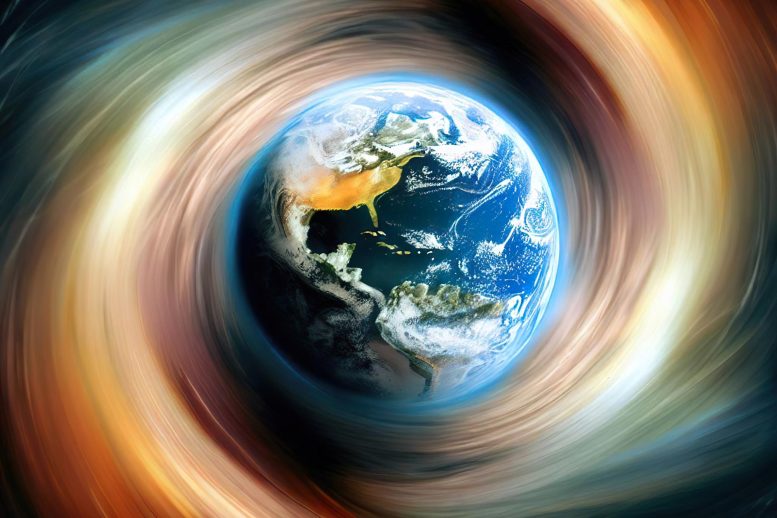
Groundwater extraction and redistribution by humans caused the Earth’s rotational pole to shift nearly a meter in two decades (1993-2010), contributing to a sea level rise, reveals a study in Geophysical Research Letters. The most water redistribution occurred in western North America and northwestern India, and efforts to reduce groundwater depletion in such areas could theoretically affect this shift. The phenomenon doesn’t risk shifting seasons but could impact climate over geological time scales.
The shifting of mass and consequent sea level rise due to groundwater withdrawal has caused the Earth’s rotational pole to wander nearly a meter in two decades.
By pumping water out of the ground and moving it elsewhere, humans have shifted such a large mass of water that the Earth tilted nearly 80 centimeters (31.5 inches) east between 1993 and 2010 alone, according to a new study published on June 15 in Geophysical Research Letters, AGU’s journal for short-format, high-impact research with implications spanning the Earth and space sciences.
Based on climate models, scientists previously estimated humans pumped 2,150 gigatons of groundwater, equivalent to more than 6 millimeters (0.24 inches) of sea level rise, from 1993 to 2010. But validating that estimate is difficult.
One approach lies with the Earth’s rotational pole, which is the point around which the planet rotates. It moves during a process called polar motion, which is when the position of the Earth’s rotational pole varies relative to the crust. The distribution of water on the planet affects how mass is distributed. Like adding a tiny bit of weight to a spinning top, the Earth spins a little differently as water is moved around.
“Earth’s rotational pole actually changes a lot,” said Ki-Weon Seo, a geophysicist at Seoul National University who led the study. “Our study shows that among climate-related causes, the redistribution of groundwater actually has the largest impact on the drift of the rotational pole.”
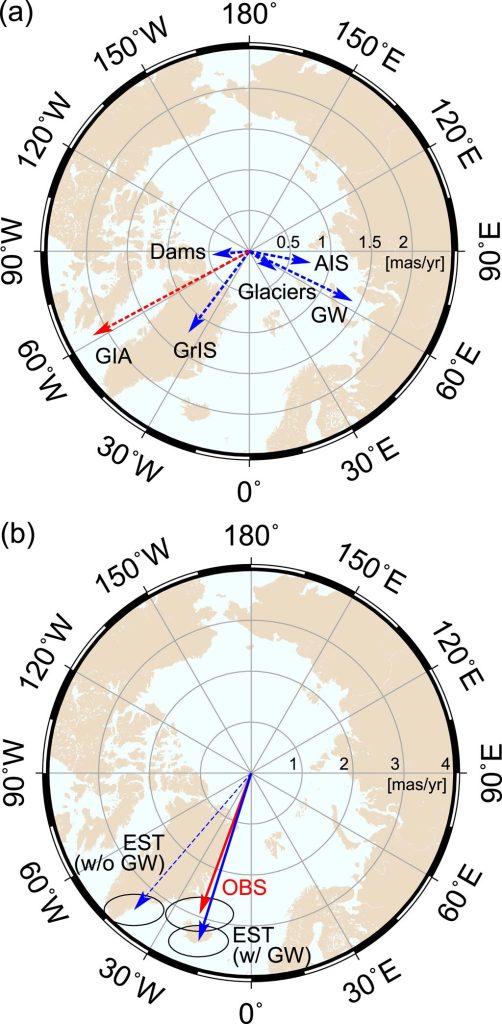
Here, the researchers compare the observed polar motion (red arrow, “OBS”) to the modeling results without (dashed blue arrow) and with (solid blue arrow) groundwater mass redistribution. The model with groundwater mass redistribution is a much better match for the observed polar motion, telling the researchers the magnitude and direction of groundwater’s influence on the Earth’s spin. Credit: Seo et al. (2023), Geophysical Research Letters
Water’s ability to change the Earth’s rotation was discovered in 2016, and until now, the specific contribution of groundwater to these rotational changes was unexplored. In the new study, researchers modeled the observed changes in the drift of Earth’s rotational pole and the movement of water — first, with only ice sheets and glaciers considered, and then adding in different scenarios of groundwater redistribution.
The model only matched the observed polar drift once the researchers included 2150 gigatons of groundwater redistribution. Without it, the model was off by 78.5 centimeters (31 inches), or 4.3 centimeters (1.7 inches) of drift per year.
“I’m very glad to find the unexplained cause of the rotation pole drift,” Seo said. “On the other hand, as a resident of Earth and a father, I’m concerned and surprised to see that pumping groundwater is another source of sea-level rise.”
“This is a nice contribution and an important documentation for sure,” said Surendra Adhikari, a research scientist at the Jet Propulsion Laboratory who was not involved in this study. Adhikari published the 2016 paper on water redistribution impacting rotational drift. “They’ve quantified the role of groundwater pumping on polar motion, and it’s pretty significant.”
The location of the groundwater matters for how much it could change polar drift; redistributing water from the midlatitudes has a larger impact on the rotational pole. During the study period, the most water was redistributed in western North America and northwestern India, both at midlatitudes.
Countries’ attempts to slow groundwater depletion rates, especially in those sensitive regions, could theoretically alter the change in drift, but only if such conservation approaches are sustained for decades, Seo said.
The rotational pole normally changes by several meters within about a year, so changes due to groundwater pumping don’t run the risk of shifting seasons. But on geologic time scales, polar drift can have an impact on climate, Adhikari said.
The next step for this research could be looking to the past.
“Observing changes in Earth’s rotational pole is useful for understanding continent-scale water storage variations,” Seo said. “Polar motion data are available from as early as the late 19th century. So, we can potentially use those data to understand continental water storage variations during the last 100 years. Were there any hydrological regime changes resulting from the warming climate? Polar motion could hold the answer.”
Reference: “Drift of Earth’s Pole Confirms Groundwater Depletion as a Significant Contributor to Global Sea Level Rise 1993–2010” by Ki-Weon Seo, Dongryeol Ryu, Jooyoung Eom, Taewhan Jeon, Jae-Seung Kim, Kookhyoun Youm, Jianli Chen, Clark R. Wilson, 15 June 2023, Geophysical Research Letters.
DOI: 10.1029/2023GL103509
Authors:
- Ki-Weon Seo (corresponding author), Center for Educational Research and Department of Earth Science Education, Seoul National University, Seoul, Republic of Korea
- Jae-Seung Kim, Kookhyoun Youm, Department of Earth Science Education, Seoul National University, Seoul, Republic of Korea
- Dongryeol Ryu, Department of Infrastructure Engineering, The University of Melbourne, Parkville, Australia
- Jooyoung Eom, Department of Earth Science Education, Kyungpook National University, Daegu, Republic of Korea
- Taewhan Jeon, Center for Educational Research, Seoul National University, Seoul, Republic of Korea
- Jianli Chen, Department of Land Surveying and Geo-informatics, and Research Institute for Land and Space, Hong Kong Polytechnic University, Hong Kong
- Clark Wilson, Department of Geological Sciences, and Center for Space Research, University of Texas at Austin, Austin, TX, USA




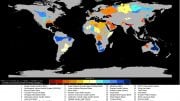

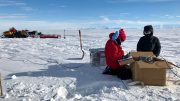
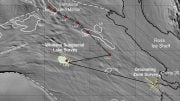

How stupid is this? The sheeple will believe ANYTHING!
And the gravitational field of the person that delivered my kids caused their depression.
No consideration of the current electro-magnetic reversal and an emminet 90° pole flip?
That’s scientists for you.
Pumping water changed the spin of the earth? This implies that IF we wanted to, we could alter Earth’s earth’s spinning tilt to suit our desires. How silly. Earth’s “wobble” has been going on for quite some time now. Saturn’s tilt has changed. Mar’s tilt has changed. Query: what has caused the magnetic shift in Earth’s poles? Why is Earth’s magnetic field dwindling? If 1% of Earth’s water is fresh, what purpose, besides habitat, does the rest of the salt water serve our rotating mass? Dynamic Balance perhaps?
Reading the comments reminds us that
1. The general population isn’t very scientifically literate.
2. Dunning & Kruger were correct.
BINGO! It’s very scary and it explains why it takes so long to make things better.
Sounds to me like the government getting ready to tax us or say we can’t pump water or we will be fined .
Once again a “scientific discovery” based on one premise only. Tectonic shifting moving Japan a few years ago away from continental coast did a planetary shift quite considerably. African continent is splitting in two. This year’s Turkish disaster activated the stress in Carpathian mountains. And all these are only part of Earth’s tilting evolution. Magnetic pole shifting in progress has also a bit of effect on this topic. But when you want to look for a needle in a haystack to blame human activity in planetary changes, these fantastic scientists are really good at this. I wonder what is their political agenda for pushing such non-sense. The planetary ocean is raising due to polar melting, and these scientists forget the elementary thing: water in solid state takes more volume than liquid. However we complain also about drought as a human cause. Melting means also more evaporation, leading to more clouds. More clouds lead to more planetary warm up, as our atmosphere is filled with more than water. Remember volcanic activity that produces a lot of particles that combine with evaporated water leading to greenhouse effect. Ok, we are burning lots of carbon, but the planet itself has its own considerably amount of carbon emissions: plants during night produce carbon dioxide, while only during photosynthesis (in presence of light) releases oxigen and retains the carbon. All this “humans doom the planet” theories are so farfetched that I am asking again: what is the agenda here?
I call bulls***. This is a wef lie seeking nonexistent sustainability concerns to bring about the depopulation of Earth, GOD’s footstool.
And if you believe that, I’ve got beachfront property for sale cheap in Arizona!
Regarding the comments – Why are stupid people reading SciTech Daily?
How much oil have they pumped?
I love these comments condemning the research from people with no science background. One person suggesting that plant produce a net gain of CO2 in the atmosphere. They just didn’t understand that plants act as carbon sinks, where roughly 50% of the carbon acquired in photosynthesis is released during cellular respiration. Now don’t get me wrong, being skeptical is part of science, i.e., questioning results and methods. For example, questioning how 2.2 x 10^3 gigatons can influence a planet with a mass of 6.6 x 10^9. That pumped water is relatively inconsequential. And questioning how this would influential polar shift if we can assume that pumping water is done globally, not just in one place, and that the water is not lost, but rather redistributed locally. And in 2014, a study was released that there is evidence to suggest there are oceans of fresh water within the Earth’s mantle, this would make those 2.2 x 10^3 gigatons seem inconsequential. However, even if true, the scientists show a shift 80 cm, so the question to ask is how will this impact the Earth generally, and also given this relatively small shift we would also want to know the the relative error. Given this skeptics should be asking for more information, not completely condemning the research. But what is being used to make these calculations is modeling software, which takes these factors into account. I’m not a geophysicists, so I’d defer judgment to experts.